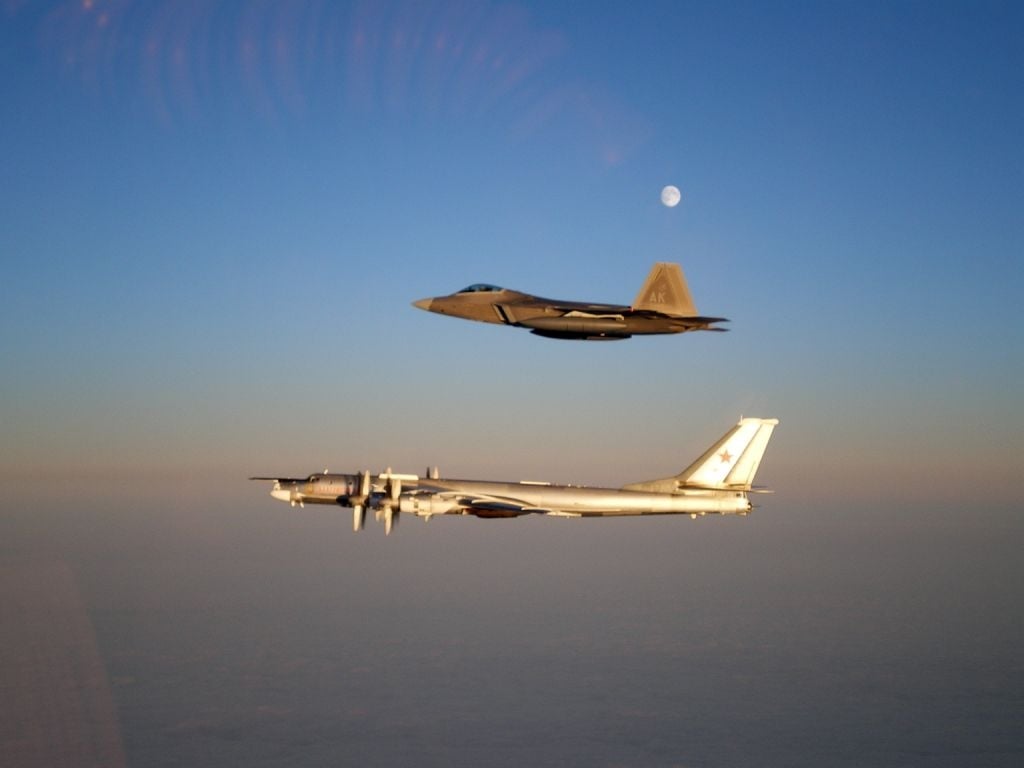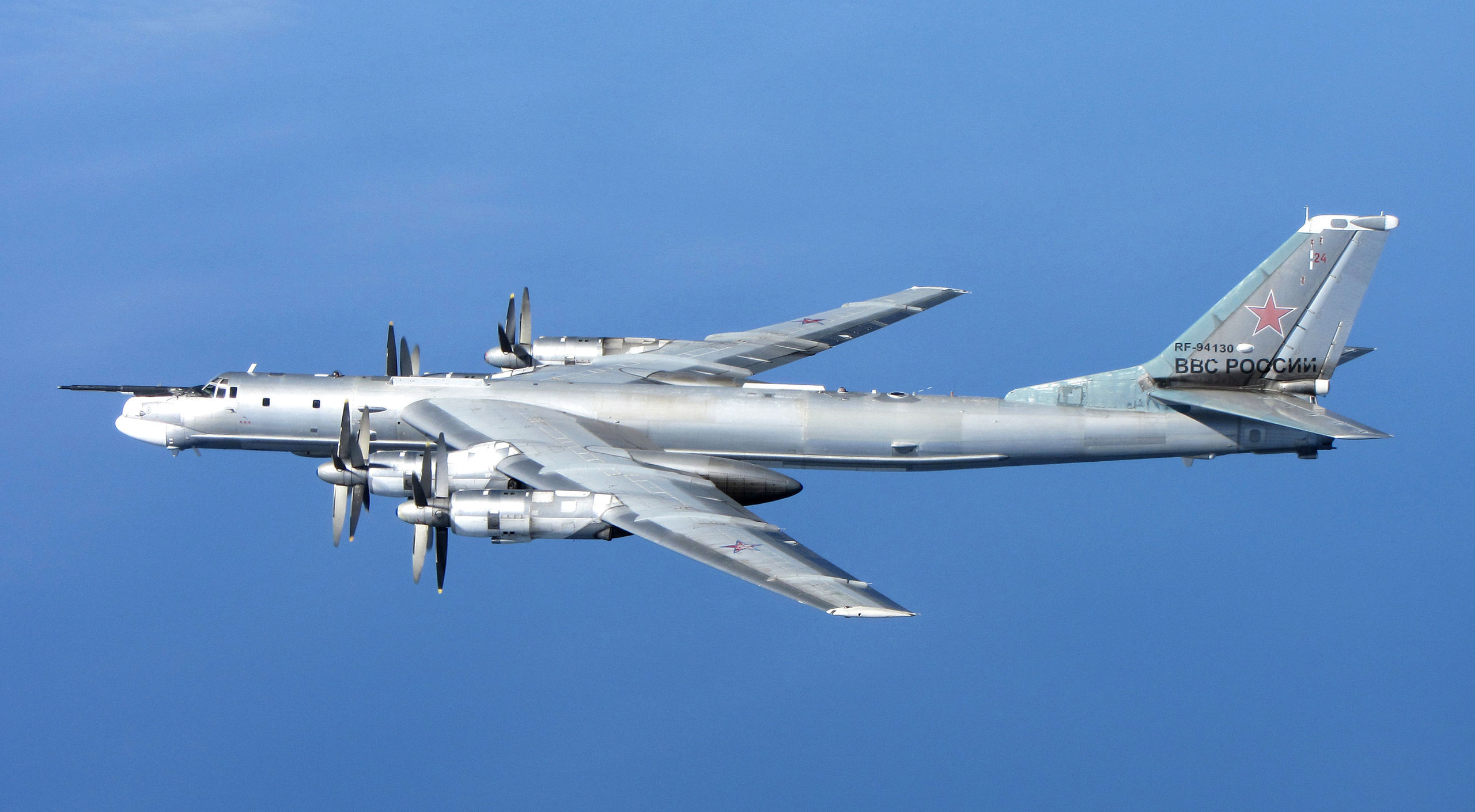
SAN DIEGO, CALIF. – While Russian military aircraft have stepped up their activity everywhere from the North Sea to the Baltic to the Black Sea in the last year they have also been spotted more frequently closer to the U.S. territory in the Arctic, the head of U.S. Northern Command (NORTHCOM) and North American Aerospace Defense Command (NORAD) told USNI News on Tuesday.
In particular – flights of Tupolev Tu-95 Bear ‘H’ Bombers have increased recently NORTHCOM’s Adm. Bill Gortney said.
“They’ve been very aggressive – under my NORAD hat – for us in the Arctic,” he said to USNI News following a keynote address at the WEST 2015 conference.
“Aggressive in the amount of flights, not aggressive in how they fly.”
Since the March seizure of the Ukrainian region of Crimea by Russian forces Moscow has significantly stepped up air patrols in Europe, Asia and near the Americas.
The flights extend as far North as the edge of American air space near Alaska and as far South as U.S. holdings in Guam.
In December, two Royal Canadian Air Force CF-18 Hornets intercepted a two Bears near the Beaufort Sea entering a U.S. and Canadian Air Defense Identification Zone (ADIZ).

NATO interdicted a record number of Russian flights in 2014 and the Russians claim likewise the U.S. has stepped up its own flights near Russian territory.
During the Cold War, Russian long-range aircraft routinely patrolled the edges of U.S. and Canadian airspace probing NORAD defenses, but largely stopped after the collapse of the Soviet Union.
As for the current round of patrols, the bomber flights are being used as a “messaging tool,” Gortney said.
“Obviously it’s pretty clear that they’re doing that. So they’re flying in places… where they’ve never flown before.”
The flights are typically Bears – some capable of firing long-range cruise missiles – but no fighters as of yet, he said.
Gortney said despite the increased uptick in flights, the Russians are abiding by international aviation norms.
“We haven’t seen anything that crosses into the unprofessional,” Gortney said. “They’re talking and squawking like they should, they’re just doing more of it. “





